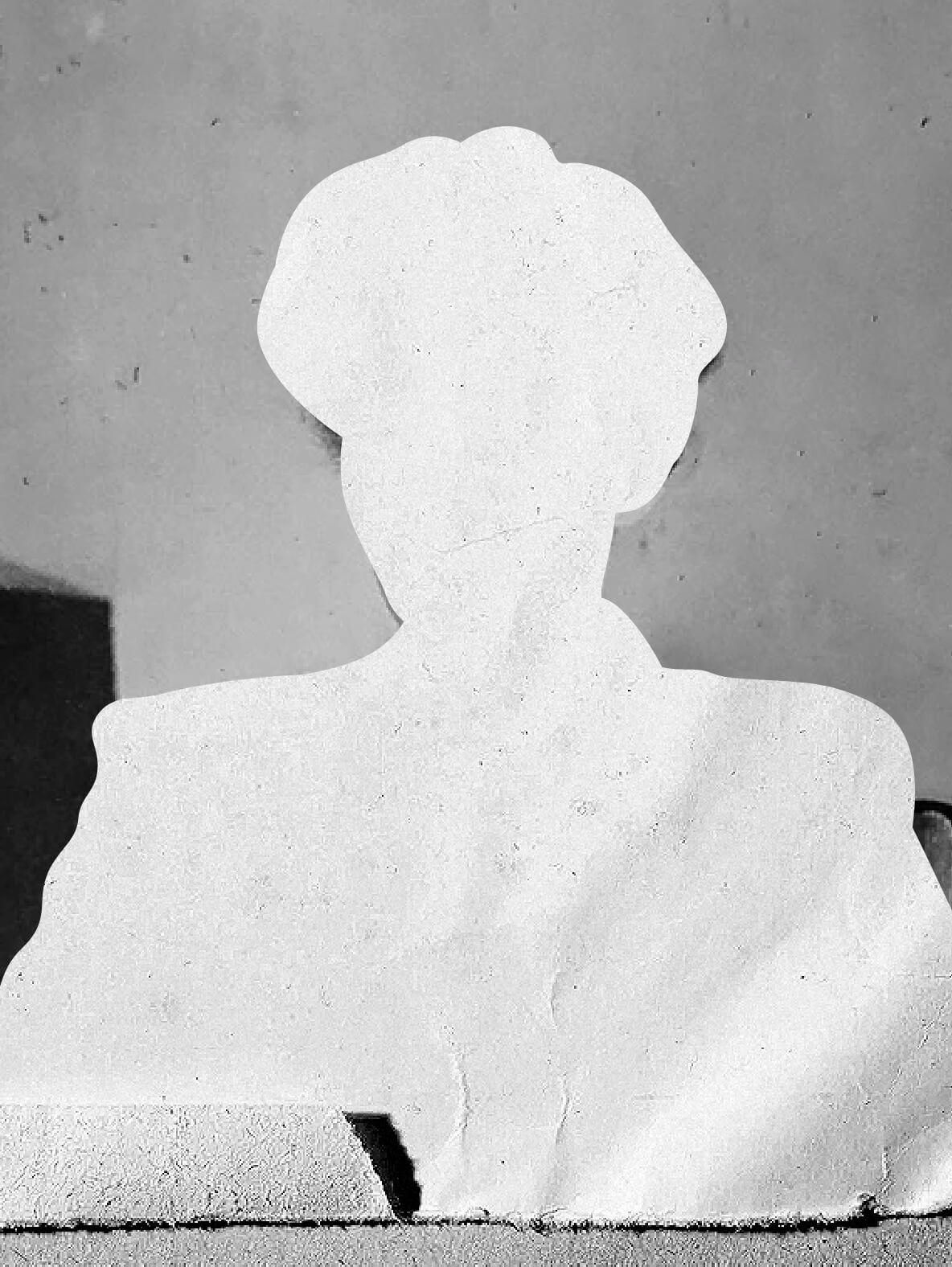Klammer Mariska

1873/1877(?), Budapest - ?
The Life
She taught drawing and painting, but most importantly, she empowered the professional women's artistic movement, by organizing her very own Visual Arts Association.
The Art
Klammer Mariska was a painter who specialized in interior paintings and still life, genres traditionally considered to be intimate and dedicated to female artists. Her work was appreciated by the conservative bourgeoisie, which inherited the allure of the aristocracy and was looking for decorative paintings made in the studio.
Destined to be a painter
The story of Mariska Klammer, the artist, started the day she first held her paintbrush.
We came to know but only a fraction of it, from school records, exhibition reviews, and most importantly, her paintings. What is unknown to us is the path she took towards her career. What moved her that much to even consider being an artist, or what she sacrificed, if so, in order to become one.
Mariska Klammer was born in Budapest in 1873 (or 1877). She started studying art at the School of Fine Arts in the capital, with Deák-Ébner Lajos as her teacher. Later she traveled to Munich and Paris to polish her painting skills, under the careful supervision of teachers like Anton Asbe, Hans von He, Luden Sion, and Emil Blanche.
In 1906 after finishing her studies, she returned to Hungary and immediately showcased a workshop exhibition, which had the press report that “ For about a year or two, artists returning from Paris introduced an interesting novelty, namely organizing exhibitions of their paintings in the workshop and presenting the latest results of their work. Now the young painter Klammer Mariska organized such an exhibition. […] The exhibition itself is very interesting and is proof of the young artist's hard-work. In her works she does not solve big problems, she paints first of all landscapes, however, they have a natural and pleasant directness.” After what was a success, the same newspaper also published an advertisement letting people know that Mariska was giving drawing and painting lessons in her studio.
Empowering women
Two years later, in 1908, Klammer founded the Budapest Association of Visual Arts, an organization which she led as vice president. This association aimed to bring together the professional women's artistic movement, where the artist could exhibit more ample works of art than the National Salon did.
Mariska's reputation during this period was on the rise, and in 1909, the Museum of Fine Arts bought two paintings of hers. A year later, she organized a workshop exhibition with her work and that of her students. The success of this exhibition led to several ones being organized over the years, during the interwar era and even during the war. Later, in 1919, she won the prize of the Association of Fine Arts for the painting “Village Edge”. Because she participated intensely in the artistic life of the Hungarian capital, the press mentioned her extremely often at the time. And she was indeed very implicated, especially in charity auctions.
It is unknown whether the anti-semitic wave of the time swept her up or if she continued being an art teacher to others.

